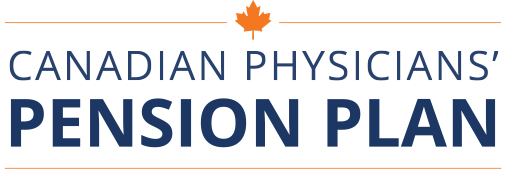
If the goal of the physician is to set aside funds for retirement, two separate paths emerge: either keeping retained earnings invested in the MPC’s non-registered (taxable) investment account OR making a contribution to a registered pension plan such as an IPP or PPP under the Canadian Physicians’ Pension Plan (“CPPP”).
Both strategies will set aside resources for the physician to rely upon post-medicine when unwilling or unable to work. The question is: which one is most effective in achieving the stated goal?
Let’s start with the corporate strategy of saving through the MPC. First, the MPC in receiving income from the Provincial Health Insurance Plan must pay ‘active business’ tax. On the first $500,000 that first tax can be quite modest (9% to 12.2% on average across Canada). But if the after-tax dollars (retained earnings) are then invested by the MPC in anything capable of generating investment income, additional tax is triggered: interest income and foreign dividend income (over 50% tax) with Canadian dividends and capital gains benefiting from lower corporate tax rates. Unfortunately, if this corporate investment income exceeds $50,000, the first tax rate is gradually increased up to 26.5% in most provinces, especially when total passive income reaches $150,000 in a given year. Then, when this property is sold to create cash in order to distribute a dividend to the physician (think of that dividend as the retirement income), personal taxes must be paid by the taxpayer. If the physician decides to cross the border to become a non-resident of Canada for tax purposes, there is also the ‘departure tax’ to contend with. It is levied on anything that isn’t an ‘exempt asset’. If the physician passes away and cannot do a rollover to a surviving spouse, then yet another tax problem occurs, the ‘deemed disposition on death’.
All in all, we are looking at 5 taxes that are bound to reduce the wealth available for retirement purposes.
Now, let’s look at using a pension solution under CPPP to achieve the same goals. On the amounts contributed by the MPC to the CPPP, there is no initial active business tax, since contributions are made to the pension plan with pre-tax corporate monies. Once the capital is in the CPPP, any growth is also exempt from any ongoing taxation. In fact, even if the growth is considered passive income, it does not eliminate the ‘small business deduction’ preferential tax rate since such growth occurs ‘off balance sheet’ in a pension trust set up to protect the retirement assets from creditors. Moreover, even if the physician decided to become a non-resident of Canada, the capital in the CPPP would be exempt from the “Departure tax” since pension assets are classified, alongside RRSP assets, as “exempt” assets. Now, if the physician has children that are on the payroll of the MPC, and such children are made members of the pension plan, upon the death of the physician, there would be no ‘death taxes/deemed disposition’ since the cash in the account would simply be considered a pension ‘surplus’. Thus, the physician using the CPPP for retirement purposes is only facing one single taxable event: the personal tax payable upon receiving a monthly pension from CPPP. The next question is: how bad is that tax rate? In truth, it will depend on a few factors. For example, as a non-resident of Canada, living in about 100 countries around the world, tax treaties stipulate that the CPPP pension is to be taxed at a flat rate of 15% regardless of the size of the pension. As a resident of Canada, the physician does have the ability to do “pension income splitting” with an eligible spouse to reduce the total tax burden of the couple.
In short, using a pension plan reduced the tax leakages from 5 down to 1. Is it any wonder that using a pension plan is the most tax-effective way to save for retirement?
